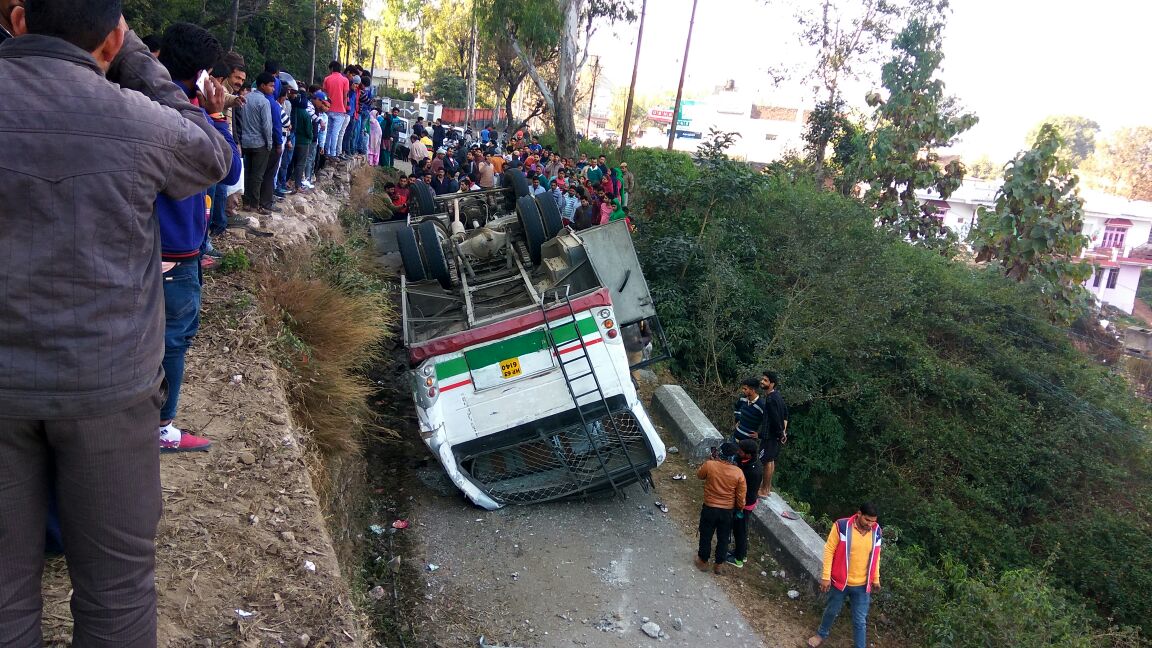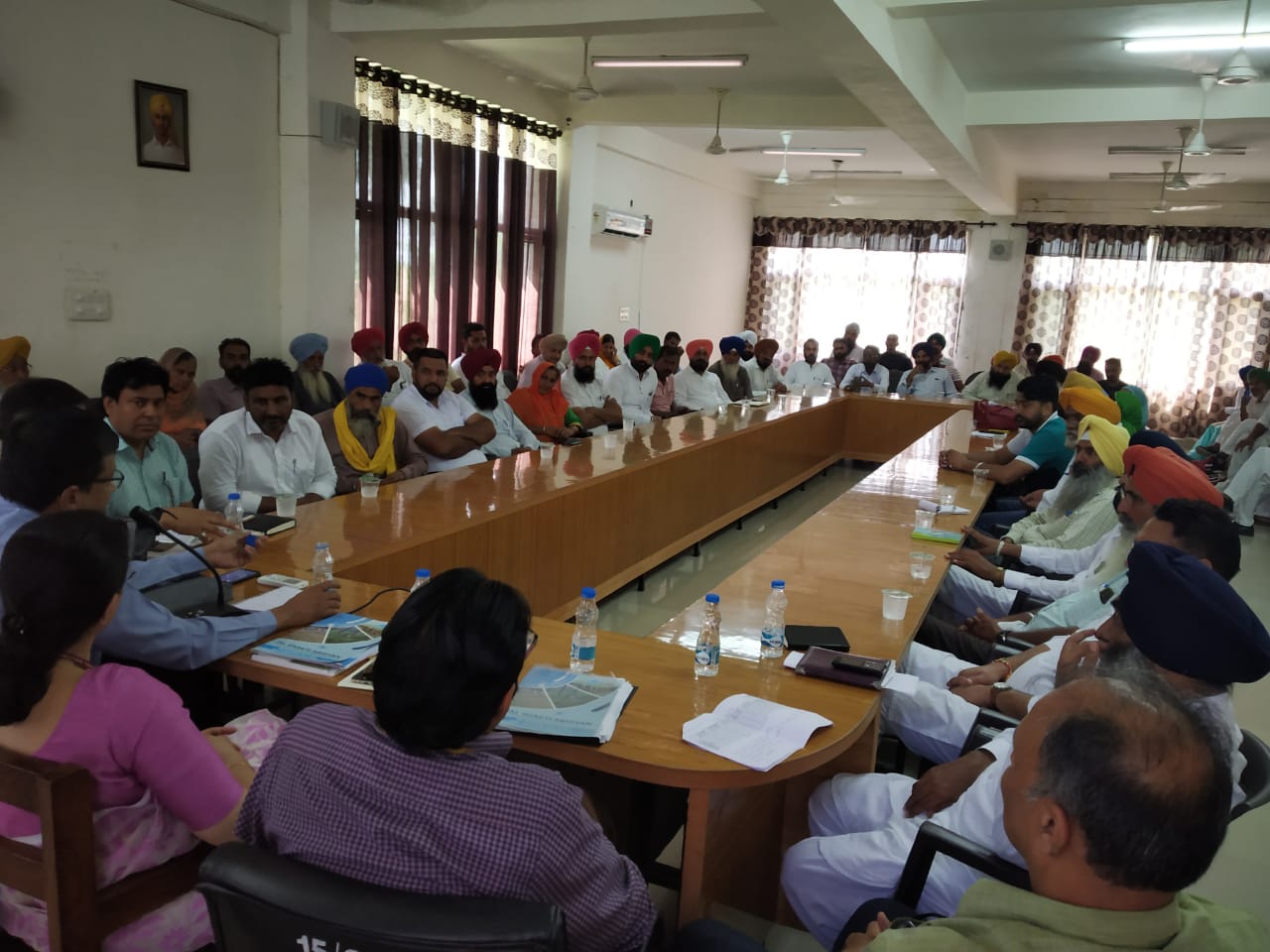British police have stopped sharing evidence from the investigation into the terror network behind the Manchester bombing with the United States after a series of leaks left investigators and the government furious.
The ban is limited to the Manchester investigation only. British police believe the leaks are unprecedented in their scope, frequency and potential damage.
Downing Street was not behind the decision by Greater Manchester police to stop sharing information with US intelligence, a No 10 source said, stressing that it was important police were allowed to take independent decisions.
“This is an operational matter for police,” a No 10 spokesman said. The police and the Home Office refused to comment. The Guardian understands there is not a blanket ban on intelligence-sharing between the US and the UK.
Relations between the US and UK security services, normally extremely close, have been put under strain by the scale of the leaks from US officials to the American media.
After chairing a meeting of the emergency Cobra meeting Theresa May said: “I will make clear to President Trump that intelligence shared between our security agencies must remain secure.” She is due to meet the US president at a Nato summit in Brussels on Thursday.
Ahead of the summit, the prime minister said she would work with other leaders on the global effort to defeat terrorism and remove extremist material from the internet.
She said the domestic threat of terrorism is still at a critical level, meaning an attack may be imminent, and she urged the public to remain vigilant.
On Friday, the prime minister will attend a G7 summit in Taormina in Sicily, although her planned attendance is being cut short by a day because of the higher domestic terror threat level.
The prime minister said she will “lead a discussion on counter-terrorism and on how we will work together to prevent the plotting of terrorist attacks online and to stop the spread of hateful extremist ideology on social media”.
British officials were infuriated on Wednesday when the New York Times published forensic photographs of sophisticated bomb parts that UK authorities fear could complicate the expanding investigation, in which six further arrests have been made in the UK and two more in Libya.
It was the latest of a series of leaks to US journalists that appeared to come from inside the US intelligence community, passing on data that had been shared between the two countries as part of longstanding security cooperation.
A senior Whitehall source said: “These images from inside the American system are clearly distressing to victims, their families and other members of the public. Protests have been lodged at every relevant level between the British authorities and our US counterparts. They are in no doubt about our huge strength of feeling on this issue. It is unacceptable.”
Whitehall sources reported a sense of deflation among UK security staff at the amount of detail coming out of America. The UK had shared the material with US police and intelligence in the expectation it would remain secret. The amount released is hampering at least part of the investigation, they believe.
Manchester’s mayor, Andy Burnham, said the leaks were arrogant and disrespectful, and police chiefs also criticised the actions.
A national counterterrorism policing spokesperson said: “We greatly value the important relationships we have with our trusted intelligence, law enforcement and security partners around the world.
“When that trust is breached it undermines these relationships, and undermines our investigations and the confidence of victims, witnesses and their families. This damage is even greater when it involves unauthorised disclosure of potential evidence in the middle of a major counter-terrorism investigation.”
The police and the domestic security agency, MI5, are facing questions over whether they ignored warnings about Salman Abedi and whether there were clues they failed to pick up on.
While not directly responding to the criticism, the agencies have stressed that they have a large number of potential suspects and, in spite of increased spending, do not have infinite resources to monitor everyone. Hard decisions have to be made about prioritising which suspects need to be put under physical and electronic surveillance, they have said.
The number of specialist personnel carrying out physical surveillance varies according to whether a suspect is being watched at home or in the outside world.
MI5 is reticent about releasing exact figures but it has a database of about 3,000 potential people of concern, of whom about 500 are regarded as potentially high risk. Only a small proportion of these can be put under 24-hour physical surveillance and often only for a limited number of days or weeks.
The ban on sharing information with the US on such a major inquiry is unprecedented, more so because the atrocity has potential implications for US efforts to prevent any similar attacks directed at American targets.
The ban is described as temporary, and British police are examining if they can put safeguards in place to stop any further leaks.
British police are angry that as their officers are in pursuit of a suspected terror network, with raids deemed so risky they are being carried out by elite armed officers, sensitive information is being regularly leaked by the US.
May will raise her concerns with the US president at the Nato summit, where she will push for the military alliance to join the coalition against Islamic State.
The images published by the New York Times revealed that the device used by Salman Abedi, which killed 22 people, had been made with “forethought and care”, raising questions for investigators about how it had been constructed and by whom.
Abedi had carried a metal box containing “well packed” explosives, metal nuts and screws in a box probably inside a Karrimor rucksack, the leaked details showed. The device was powerful enough for shrapnel to penetrate metal doors and to scar brick walls. Abedi detonated the bomb with his left hand.
It showed the force of the explosion was such that his torso was ripped from the rest of his body and propelled across the foyer and that most of those killed were in a circle around the bomber.
The kind of information that has been leaked is routinely shared with police counterparts in the US. The information goes into a shared computer system and is then distributed among different specialists in the US, ranging from bomb experts to those dealing in counter-terrorism.
The UK and US are among the closest intelligence partners in the world, with the UK’s surveillance agency, GCHQ, sharing information with the NSA, MI6 with the CIA, and MI5 with the FBI. But the lines are not rigid and information is often shared more widely.
On Wednesday Amber Rudd, the British home secretary, had rebuked the US security services for leaking the bomber’s name to American media before it had been made public in Britain, but her warnings appear to have had no impact.
“I have been very clear with our friends that that should not happen again,” Rudd said.
Nato’s secretary general, Jens Stoltenberg, was asked about the leaks by reporters in Brussels before Thursday’s meeting of Nato leaders.
He said: “Sharing intelligence is of great importance. Sharing intelligence is based on trust and we have seen in Nato over many, many years that we have been able to share intelligence in a good way and that has been of great importance to the alliance and for all allies.”
Stoltenberg said he was unable to comment further as he “did not know what actually happened”. He added that it was a bilateral issue between the US and the UK.
Ian Blair, who was Metropolitan police commissioner during the London underground bombings on 7 July 2005, said his investigation had also been troubled by leaks from US intelligence.
Blair said he was sure the leaks had “nothing to do with Trump” given that similar leaks had happened during his own time investigating a terror attack.
“I’m afraid this reminds me exactly of what happened after 7/7, when the US published a complete picture of the way the bombs had been made up. We had the same protests.
“It’s a different world in how the US operates in the sense of how they publish things. And this is a very grievous breach but I’m afraid it’s the same as before.”
Lord Carlile, the former independent reviewer of terrorism legislation, described the leaks as “very unusual and irresponsible” and called for those responsible to be “called to account”.
He said: “Photos of the backpack after the event could be of utility to future bombmakers, for obvious reasons. Also, it damages decades of confidence between the UK and US services, the cohesion of the ‘Five Eyes’ group [the US, UK, Canada, Australia and New Zealand], and sharing of information with French, German and other security services. These leaks made yesterday a very bad day for national security in several countries, and those responsible should be called to account.”
Source : MSN














